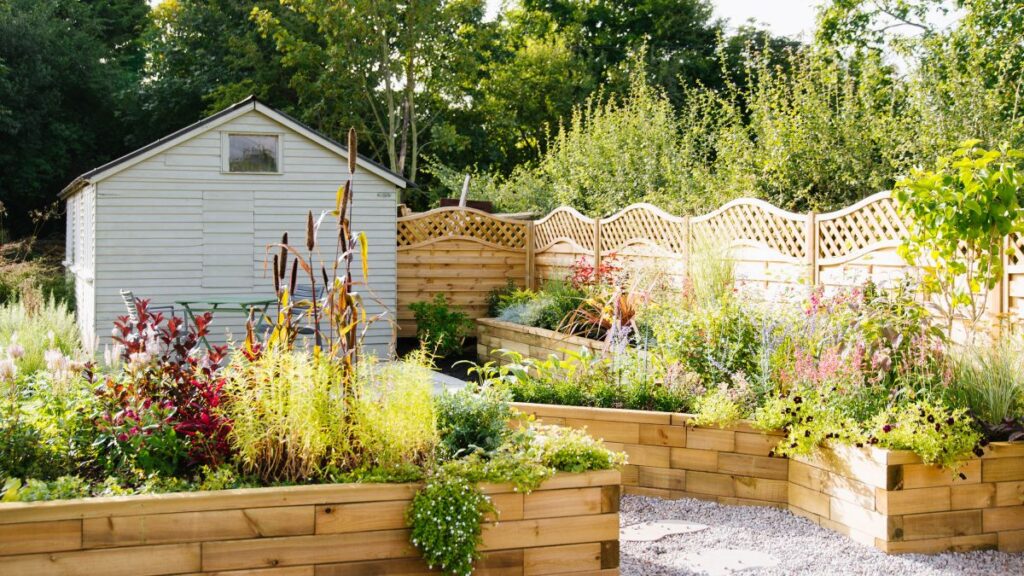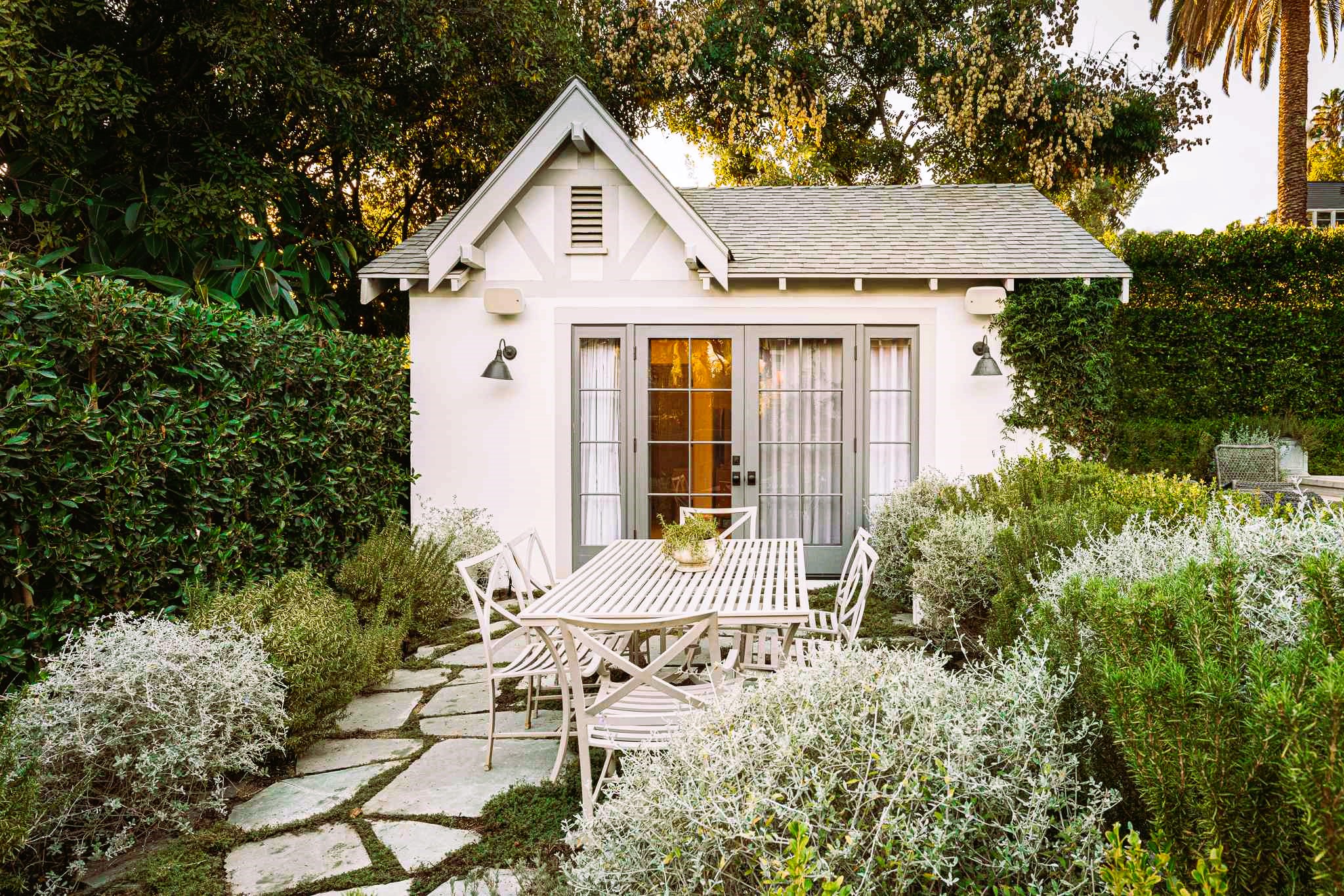Designing a garden that maximizes space efficiency is a clever way to create a beautiful and functional outdoor oasis, regardless of the size of your yard. With some strategic planning and innovative techniques, you can transform even the smallest of spaces into a stunning garden retreat. In this article, we will explore some garden design tricks that will help you optimize space utilization and create a harmonious outdoor environment.
- Vertical Gardening: One of the most effective ways to maximize space in a garden is by utilizing vertical elements. Vertical gardening involves growing plants vertically on walls, trellises, or fences, freeing up valuable ground space. Climbing plants such as ivy, clematis, and jasmine can be trained to grow upwards, adding a lush green backdrop to your garden. Additionally, installing hanging baskets or wall-mounted planters allows you to cultivate flowers, herbs, and even vegetables without taking up precious floor area.
- Tiered Planting: Creating different levels or tiers in your garden adds depth and visual interest while optimizing space usage. Raised beds or terraced gardens are excellent options for tiered planting. They allow you to grow a variety of plants in a compact area, making efficient use of the available space. You can plant cascading flowers or trailing vines on the upper tiers, while taller plants or shrubs can be placed in the lower levels to create a layered effect.
- Compact and Multi-Purpose Furniture: When designing a garden, consider incorporating compact and multi-purpose furniture that serves multiple functions. For example, choose benches or storage boxes that can also be used as planters. Opt for folding chairs or tables that can be easily stored away when not in use. This way, you can maximize seating and entertainment areas without cluttering the space.
- Container Gardening: Container gardening is an excellent technique for small gardens or balconies. It involves growing plants in containers or pots, allowing you to position them strategically and move them as needed. Choose a variety of containers in different sizes and heights to create a visually appealing arrangement. Herbs, flowers, and even small vegetables can thrive in containers, adding color and life to your garden. Like the article? Read also about 10 beautiful plants for your garden.
- Espalier and Pruning: Espalier is a technique where trees or shrubs are trained to grow flat against a wall or fence, taking up minimal space while still providing a green boundary. Pruning is another essential practice for space efficiency. By regularly trimming and shaping plants, you can control their size and prevent them from encroaching on neighboring areas. Pruning also promotes better airflow and sunlight penetration, leading to healthier and more productive plants.

- Compact Plant Selection: When choosing plants for a space-efficient garden, opt for compact varieties that are well-suited for small areas. Look for dwarf or miniature versions of your favorite flowers, shrubs, or trees. These plants are specifically bred to stay small, making them ideal for confined spaces. Additionally, consider using plants with vertical growth habits, such as columnar trees or tall grasses, as they take up less ground space while still providing height and visual interest.
- Utilize Mirrors and Reflective Surfaces: Mirrors and reflective surfaces can work wonders in a small garden by creating an illusion of more space. Strategically place mirrors on walls or fences to visually expand the area and reflect light into darker corners. Incorporate reflective materials, such as stainless steel or glass, in your garden design to bounce light around and enhance the sense of openness.
- Proper Lighting: Well-placed lighting can transform a garden into a cozy and enchanting space, even after the sun sets. In a small garden, consider using low-voltage or solar-powered lights that can be installed along paths, on walls, or nestled among plants. Proper lighting not only adds ambiance but also extends the usable hours of your outdoor space, making it feel larger and more inviting.
By employing these garden design tricks, you can create a space-efficient garden that feels open, inviting, and visually appealing. Remember to tailor the design to your specific needs and preferences, ensuring that every element serves a purpose. With the right planning and creativity, even the smallest garden can become a sanctuary of beauty and tranquility.
For more information on garden design and landscaping, you can visit the following websites:
These resources provide valuable insights, guidelines, and resources to help you create a space-efficient garden that meets your needs and reflects your personal style. Happy gardening and enjoy your transformed outdoor space!

